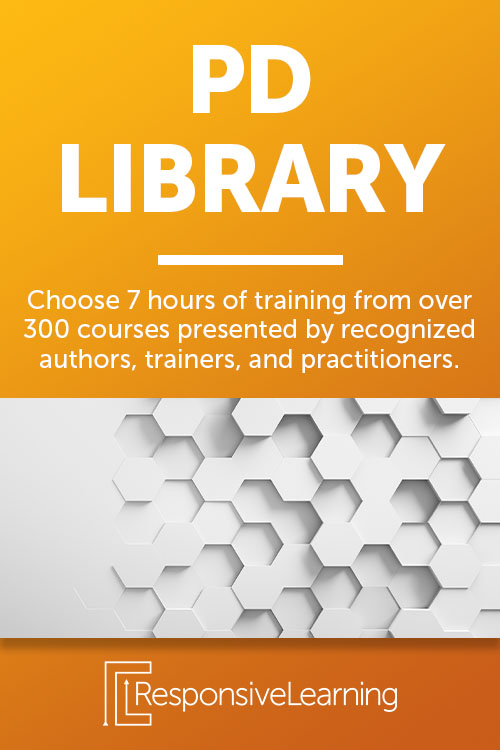Have you ever intended to start a new habit or fulfill a New Year’s resolution but failed to follow through with actionable steps? Good ideas are only as beneficial as the time and effort that you commit to making them happen. The same is true for how you handle an Individual Education Plan (IEP).
Fifteen-year special education teacher Ayo Jones illustrates how you can use IEP content to challenge your students and help them succeed. She is the founder of Noodle Nook – an online resource for teachers in Special Education. With her guidance and expertise, you will fully understand your responsibilities under IEP policy.
Know the Policy
An IEP for a student with a disability must contain specific information dictated by federal law. First, a student’s present level of performance needs to include both functional and academic skills. This area will highlight the student’s strengths and needs as well as how their disability specifically impacts their learning and involvement in the general education curriculum.
For optimal success, you’ll want to ensure that an IEP includes measurable goals. Jones explains, “These goals should be challenging and ambitious, not repetitive and redundant.” Keep in mind that these particular goals must reflect the student’s current rate of learning, based on their progress from the previous year.
IEP content must provide information regarding progress monitoring – detailing how you measure and report on student performance. The frequency of how often parents have access to these reports must be available as well.
Understand the Essentials
Occasionally, the law can be somewhat vague, so Jones helps to clarify specifics. There are seven essential and legally required parts of an IEP. As educators, we must be aware of these essential components.
To meet their annual goals, students will be provided with additional support and educational services. These services should be offered in the least restrictive environment (LRE). Additional program modifications and training for school staff are covered under the related services as well.
If applicable, you will need to provide a statement justifying why a student with disabilities will not be participating with their nondisabled peers. Why are they being removed from a general education setting? Ensure the explanation is suitable regarding LRE practices.

Apply to Practice
When it comes to state or district testing, you will need to include a statement in their IEP that explains the extent of a student’s participation. Once you read through and understand your legal responsibilities, you’ll be ready to implement the IEP.
Ensure that you are monitoring the progress of students receiving special-ed services from you, as well as collecting baseline data. Take note of each start and end date so that you have collected data on the most current IEP plan.
In her informative and engaging course, Ayo Jones helps clarify any questions or concerns you may have. Guessing about paperwork will no longer stand between you and success. IEP content is easy to optimize when you are aware of the policy, procedure, and practice behind making it happen.
Interested in learning more about how you can set your students up for success? Explore the course demo on Keys to Special Education – IEP Content today!







